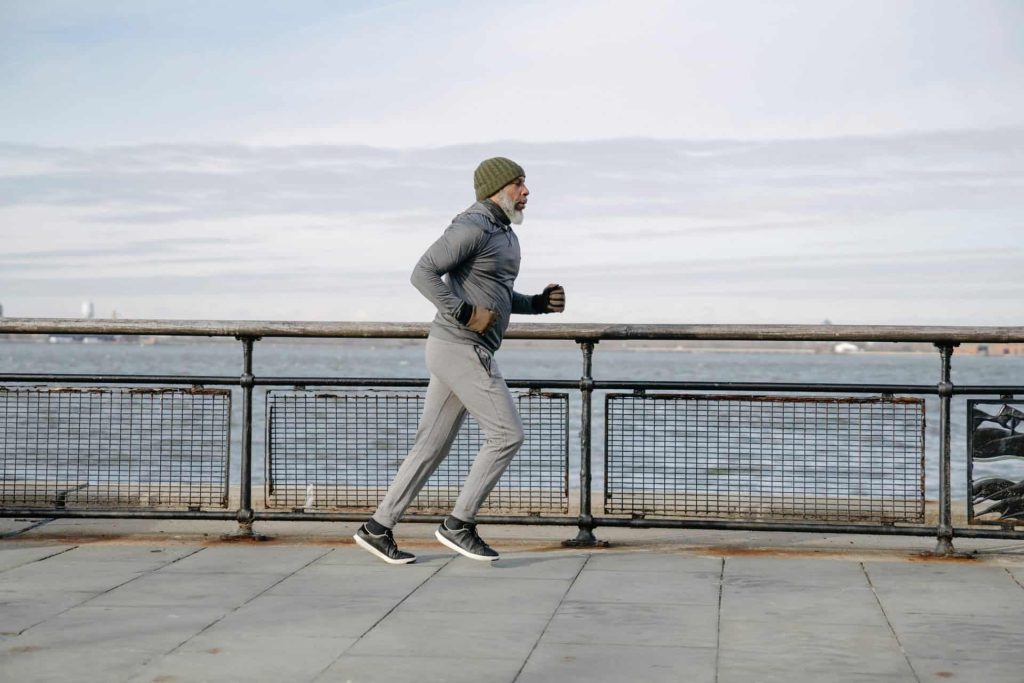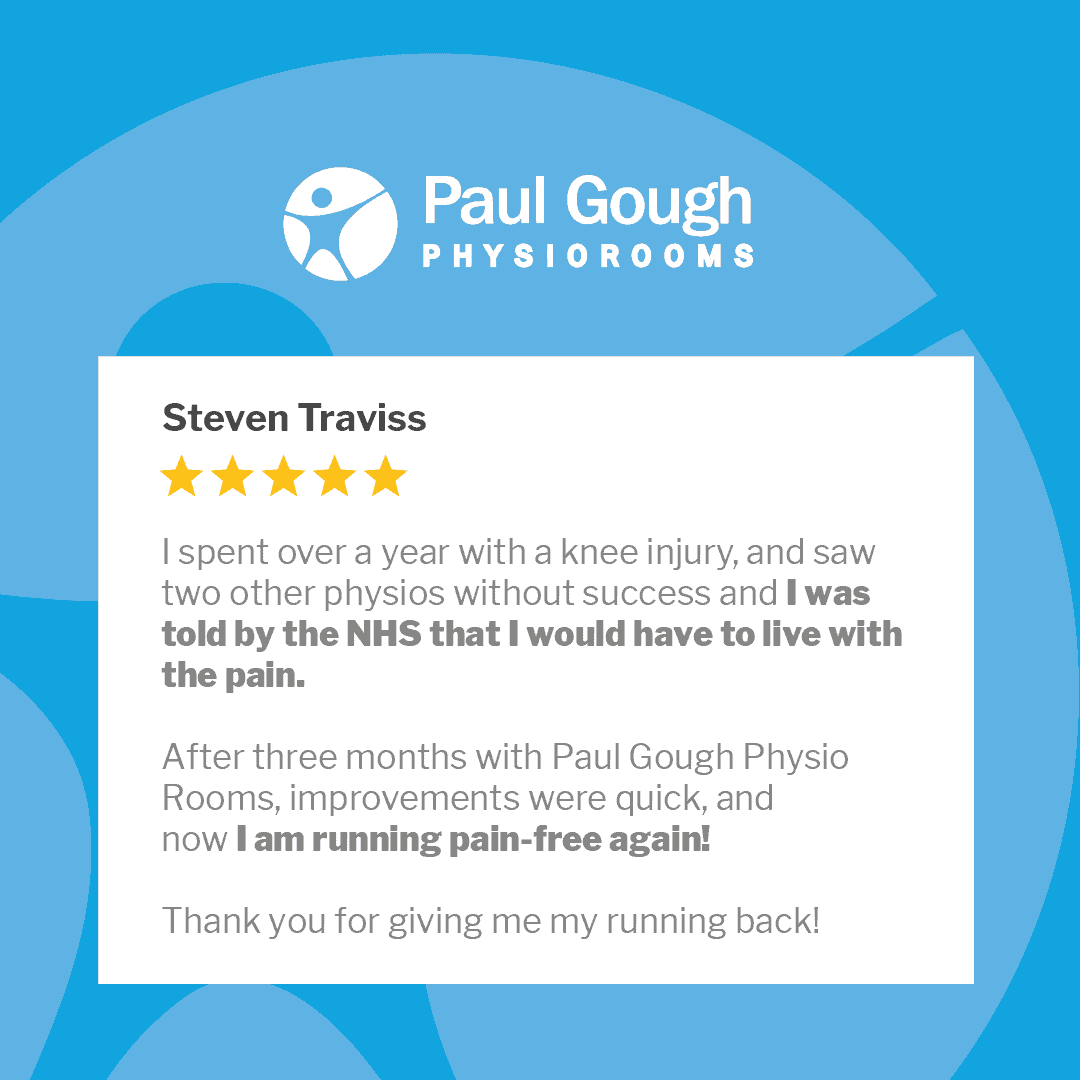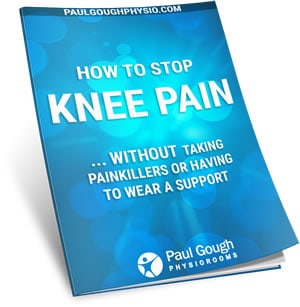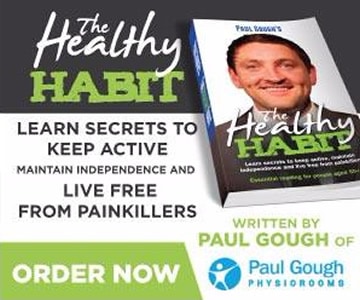Running is usually one of the first things that people think about if they want to get a little bit fitter, lose some weight and feel healthier – so we have put together some running tips for beginners which are simple, easy to follow and will help reduce the chances of injury.
When you are next out driving, take a look at how many people are out pounding the streets.
You will notice a LOT of people out running, making the most of the lighter nights.
After all, it’s a lot more enjoyable and more appealing to be outside now rather than 3 months ago when it was colder and darker!
There’s a lot of common issues and injuries that can happen when you are running, especially if you are starting out or just getting back into it during the early weeks of Spring.
As with easing and ending other pains, there are things you can be doing to ease your pain naturally without painkillers or surgery.
Running Tips For Beginners – Getting Started
Running your first 5K (or 3.1 miles) is an exciting goal, a popular distance for first-timers and the perfect way to get in shape and have some fun while exercising.
Even if you don’t consider yourself a runner (yet), almost anyone can be ready to run a 5K by starting slowly.
If you’re feeling nervous, you’re not alone. More experienced runners get nervous ahead of races too, but many new runners worry they’re “too slow” or they will be last or not finish at all.
Facing your fears and overcoming them will give you a big confidence boost.
Feel proud of yourself: Crossing the finish line of your first race will be something you’ll remember for a long time. And improving a PB (your personal best time) is a goal that can continue to stay with you as a runner. But be warned, those feelings of accomplishment and excitement can be very addictive!
Pick out the right clothes and gear: From choosing the best running shoes and sport bras to knowing what to wear in any temperature or weather, it’s important to dress correctly and smart to help you look good and feel even better.
Choose a training plan that motivates you: There are many overwhelming 5K training programs available. The couch to 5k app is a wonderful way to start with – it’s full of great ways to get motivated and track your progress.
Here at the Paul Gough Physio Rooms we have been asked about how to avoid that post run stiffness and aches during the run.
Warming up is vital for everyone: you will see Olympic athletes completing vigorous warm ups before their events, and you will have seen park runners stretching and lightly jogging to prepare before the 9am start on Saturday.
Your warm-up needs to prepare you for the transition from zero to race effort. Warm up regimens vary based on the distance of the race and your race goal.
Running Tips For Beginners – How To Avoid Injury
The shorter the race, the more thorough the warm-up must be. If your goal is to reach a personal best, you will need to be at your own race speed right from the start. This requires a thorough warm-up to prepare you to start at that pace to avoid a slow opening.
It’s like driving your car without warming it up after it has been sitting in the parking lot for hours in 10 degree weather. It will take 10-15 minutes for your car to respond efficiently without a warm-up and it is quite taxing on the car as well. Your body works the same way.
A good warm up for a 5k run would be:
15-20 minutes prior to the race start, take 3 minutes and walk briskly gradually raising your heart rate and circulation to the working muscles. Then run 3-5 minutes at an easy pace and then walk briskly 3-5 more minutes.
If you run-walk, alternate running for 1 minute and walking 1 minute for 6 minutes instead of running continuously.
Your body will be warm and ready to go. Enjoy!
Running Tips For Beginners – Strengthening Your Knee Joint
It’s vitally important to ensure your knee muscles are strong enough to cope. These days, everyone thinks the answer to any problem or physical pain is to just ‘do some exercises’. Exercises are one of the secrets to ending and easing knee pain naturally, but there’s a right way and a wrong way to go about it.
If your knee is painful or swollen, the first thing you have to do is STOP exercising. If it’s not too bad, take a gentle walk for 20 minutes or so on a flat surface, but don’t carrying on with your usual exercise routine, because you’ll make things worse.
A knee joint that’s painful and swollen is a sign that your knee isn’t strong enough and you need to understand there’s a difference between exercising and doing exercises. The latter is what you need to recover a knee joint that hurts.
Our top tips…
- Focus on improving the strength and control of your quad muscles (the muscles at the front of your upper leg).
- You also need to consider having lower back muscles that are strong and hips that move freely.
- You need to be wearing the right footwear with enough cushion to absorb shock (the impact every time your foot lands when you walk).
Running Tips For Beginners – Orthotics Could Help Ease Pain
Have you ever thought about custom-made orthotics? They are a corrective device worn inside your shoe that helps the muscles, tendons and bones of your feet and lower legs function without you suffering from pain and or stiffness. Custom-made orthotics are manufactured from a 3-D image of your foot (from a laser scanner) using raw materials.
When appropriately prescribed to treat a medical condition and custom-made (read: for you), orthotics can decrease pain, not only in your feet, but more commonly in other parts of the body, such as your knees, hips and lower back.
The ‘off the shelf’ orthotics you might have seen in the supermarket are likely to be just plain, generic inserts made for everyone and anything. No thought, time or effort has gone in to the precision making and matching them up to an individual’s needs and desires.
Prescription foot orthotics are bespoke for you.
Our physio would do a full assessment, using our state-of-the-art non-contact scanner to scan your feet. This scan then enables us to create something bespoke to you and the contours of your feet.
If you have any orthotics questions, feel free to give us a call on 01429 866 771 or email us at info@paulgoughphysio.com and we can chat you through the process in more detail or watch the video below where Jonny explains the benefits of custom-made orthotic shoe inserts that we provide at the Paul Gough Physio Rooms.
[rve src=”” ratio=”16by9″]
We also have several great blogs which cover Orthotic shoe inserts:
Read Our Blog – Do I Need Shoe Inserts? – 4 Common Questions Answered
Read Our Blog – Prescription Foot Orthotics – More Information
Tired Of Daily Aches And Pains Stopping You From Exercise?
We speak to lots of people who come to us after battling aches and pains for months, if not years, and they have often tried a lot of other things which didn’t solve the problem…
They went to the GP, but were just told to take painkillers and rest…
They tried at-home exercises but it didn’t seem to make any difference…
They tried braces, or joint supports but the pain only got worse…
Steven, one of our patients, left us a great Google review after feeling let down by the NHS. Within 3 months, Steven was back to run completely pain-free!
If you are frustrated with daily aches and pains, worried about things getting worse, then reach out to our team today.
We offer a limited number of free taster consultations where you can speak to a member of our friendly physio team and receive expert advice, as well as finding out whether physio is the right option for you.
Arrange A Free Taster Consultation Now
Or if you have decided that enough is enough, and you want to start with physio ASAP, then Enquire About Costs and Availability.
Other Resources
Do you struggle with agonising knee pain after you exercise in the gym, or go for a run?
If so, download our free knee pain report and discover:
“How To Stop Chronic, Daily Annoying Knee Pain WITHOUT Injections, WITHOUT Taking Painkillers and WITHOUT Having To Wear A Support or Brace…”
Download Your Free Knee Pain Report
Or check out our other fantastic blogs packed with helpful advice from our expert physiotherapy team.
Read Our Blog – 6 Steps To Getting Back To Exercise After An Injury
Read Our Blog – How Do I Start Running?
Read Our Blog – 3 Tips For Easing Back Into Daily Exercise The Right Way
Want videos on demand? Check Out Our YouTube Channel (Remember to hit subscribe so you don’t miss out on our new videos!)




